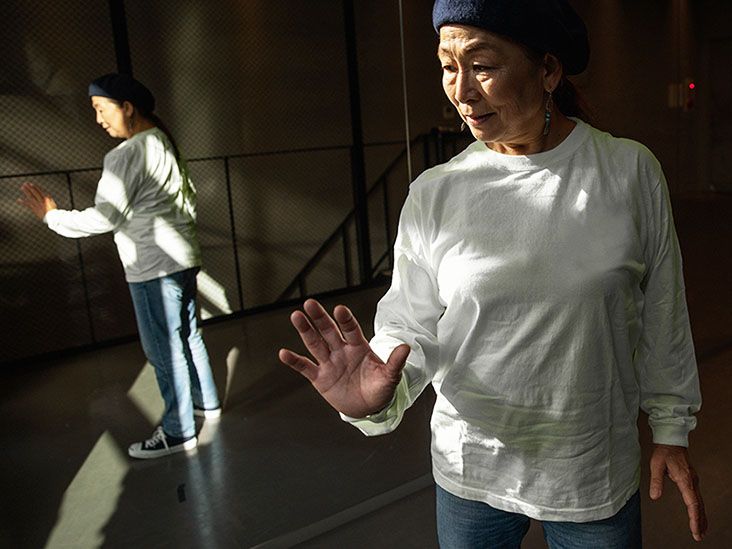As people age, their movements naturally slow down due to various factors such as slower metabolism, loss of muscle mass, and decreased activity levels over time. However, new research from the University of Colorado Boulder suggests that older adults may move slower because it costs them more energy to do so compared to younger adults. This study, published in The Journal of Neuroscience, involved 84 participants aged 18 to 87 using a robotic arm to reach for targets on a screen. The researchers found that older adults modified their movements to conserve energy, potentially due to less efficient muscle cells and movement strategies.
In addition to energy conservation, the researchers also examined how aging affects the brain’s reward circuitry. Participants were asked to use the robotic arm to operate a cursor on a computer screen and reach specific targets. Both young and older adults responded faster to rewards, but older adults improved their reaction times by starting their reach sooner. This indicates that while reward sensitivity may decrease with age, sensitivity to effort costs may have a stronger effect on movement speed in older adults.
These findings have implications for understanding movement-related disorders such as Parkinson’s disease and multiple sclerosis. Slowing of movement with age can affect quality of life and social activities. Understanding the underlying causes of movement slowing can lead to interventions to slow or eliminate this decline. By using movement as a biomarker, researchers can track changes in neurological health and potentially identify better interventions for movement-related disorders.
Neurologist Clifford Segil emphasizes the importance of exercise for elderly patients, despite the increased energy required to perform activities compared to young individuals. Encouraging movement in aging adults can have multiple health benefits. Further research using EEG to monitor brain activity during activities could provide additional insights into how the aging brain adapts to challenges related to movement. Brain health coach Ryan Glatt suggests that future studies should aim to directly link behavioral data with neurophysiological evidence to strengthen the findings and verify the generalizability of the initial results.
In conclusion, understanding why older adults move slower can provide valuable insights into age-related changes in movement and potential interventions for movement-related disorders. By studying how the aging brain adapts to challenges related to movement, researchers and healthcare professionals can better support the health and well-being of aging adults. Encouraging exercise and monitoring movement patterns may serve as important tools for maintaining neurological health in older populations.









